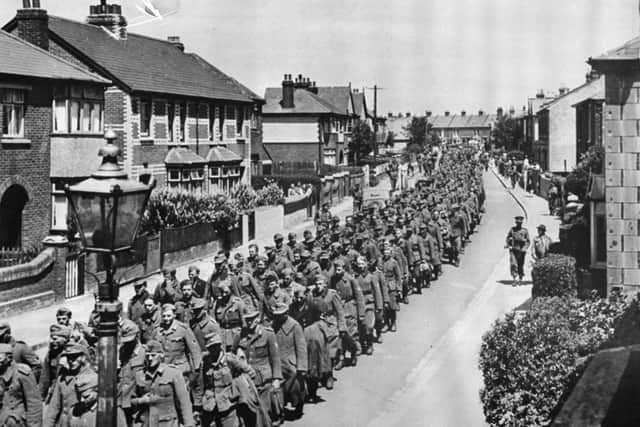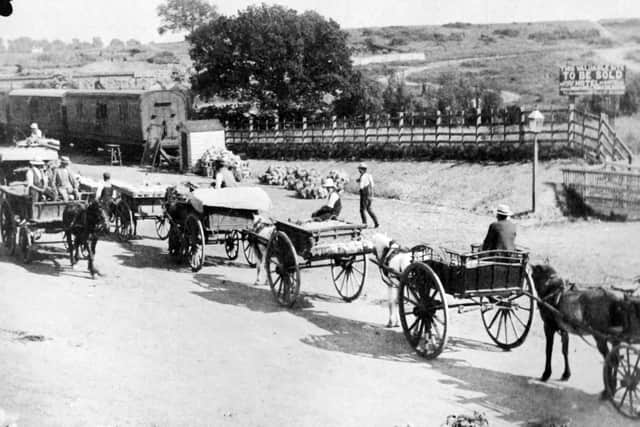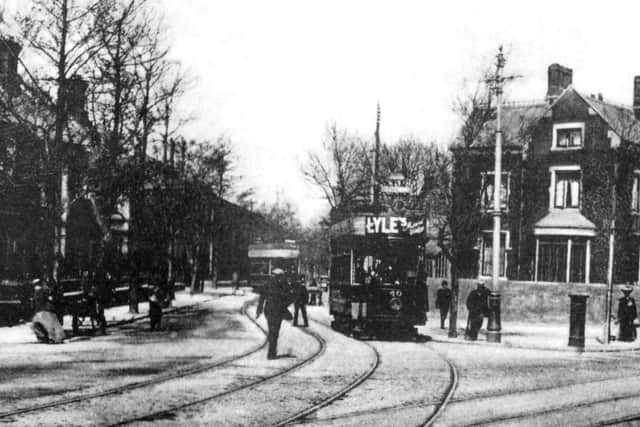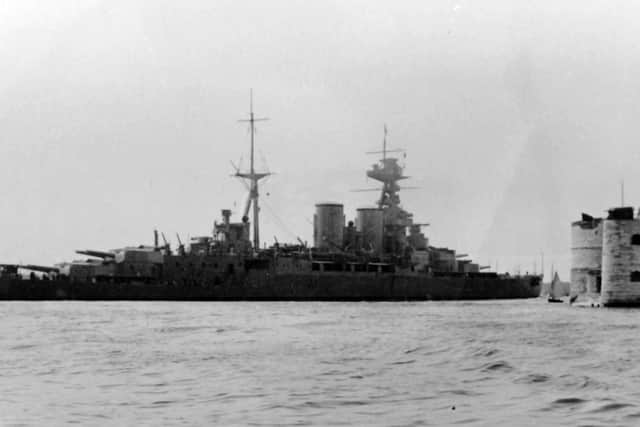For you the war is over:Â German PoWs marched through Gosport '“Â Nostalgia


'Left, left, left, right, left. Pick those feet up!' Can anyone identify the street for me?
I don't know, but I wonder if they came over from Normandy after they were captured in the aftermath of D.Day?
Advertisement
Hide AdAdvertisement
Hide AdI'm sure many of them were glad it was all over for them and that at least they might see their families again at some future date.


'¢ Apart from mid-summer most of the strawberries we now pick up in supermarkets come from abroad and are somewhat insipid after being chilled for export.
It was not always like this of course. At one time Hampshire was the place to grow strawberries and the only way to get them to market was by train.
From places like Swanwick, as shown in this photograph, they could possibly end up in the London markets at Covent Garden.
Advertisement
Hide AdAdvertisement
Hide AdNo doubt the fruit was sent to many other places across England with the guard on the train no doubt taking his share.


In this scene we are in the approach road to the railway sidings with the fruit-laden carts waiting to be unloaded.
The field in the background was about to auctioned at a local hotel although I cannot make out its name.
'¢ I have published other photographs of the same location but never with such a good view looking down Gladys Avenue at North End, Portsmouth.
Advertisement
Hide AdAdvertisement
Hide AdTram number 40 has just left the depot heading for the junction while another appears to be entering the depot.


When the depot was demolished houses built on the site were named White's Court after Mr AW White who used to live in the big house on the right.Â
He was the founding father of Portsmouth Tramways in 1865.
'¢ The marvellous final photograph shows the legendary battle-cruiser HMS Hood entering Portsmouth Harbour. Unfortunately I have no date.
What a sight it must have been for Portsmouth ship-watchers when she came in and went out. For she was the largest ship of her time and, like the Titanic, was thought to be unsinkable.
Advertisement
Hide AdAdvertisement
Hide AdUnfortunately modern German ships had no respect for great names and the Mighty Hood, as she was nicknamed, was sunk by gunnery from the German battleship Bismark in the Denmark Strait on May 21, 1941, with the loss of 1,415 men. There were just three survivors.